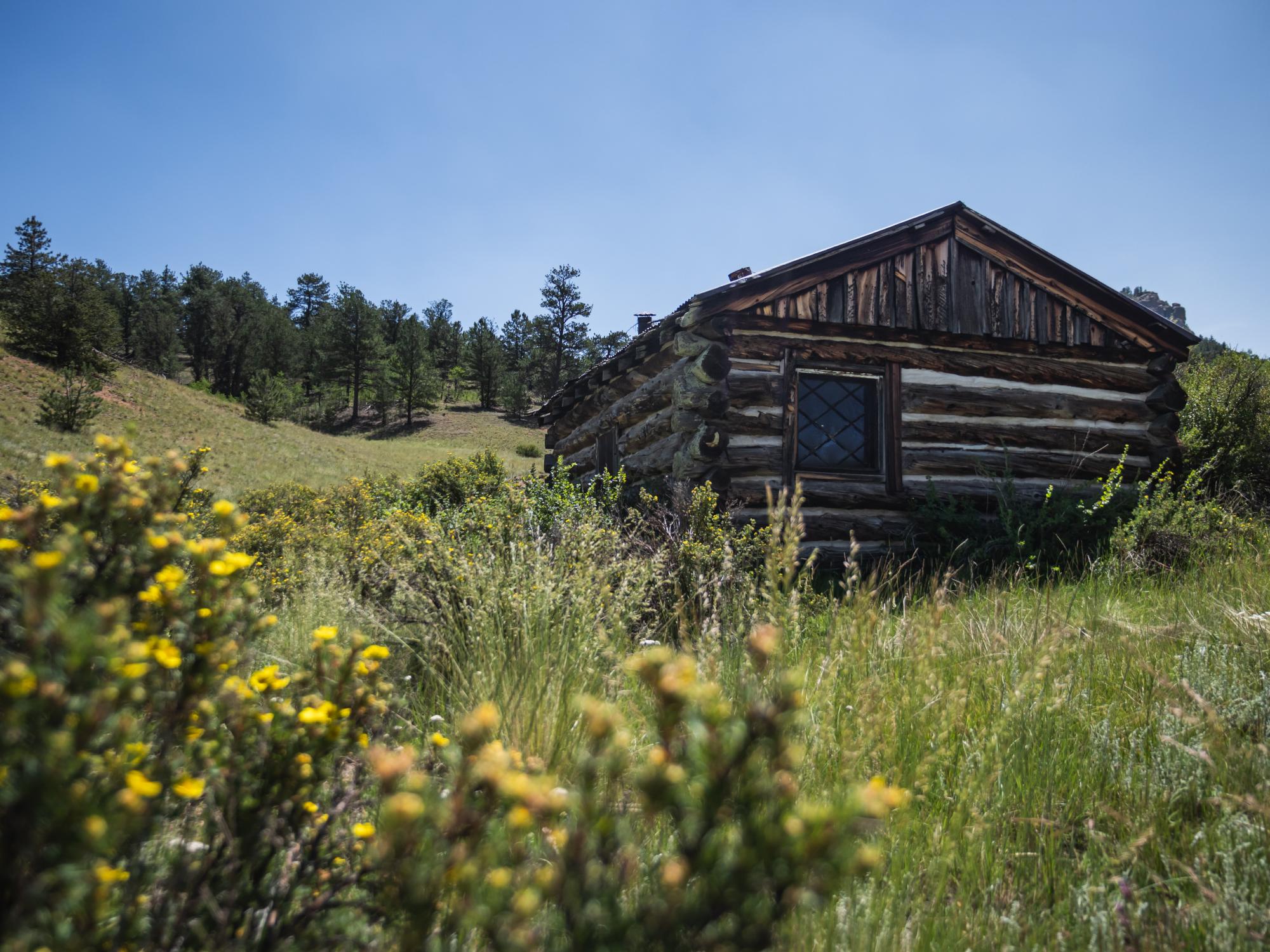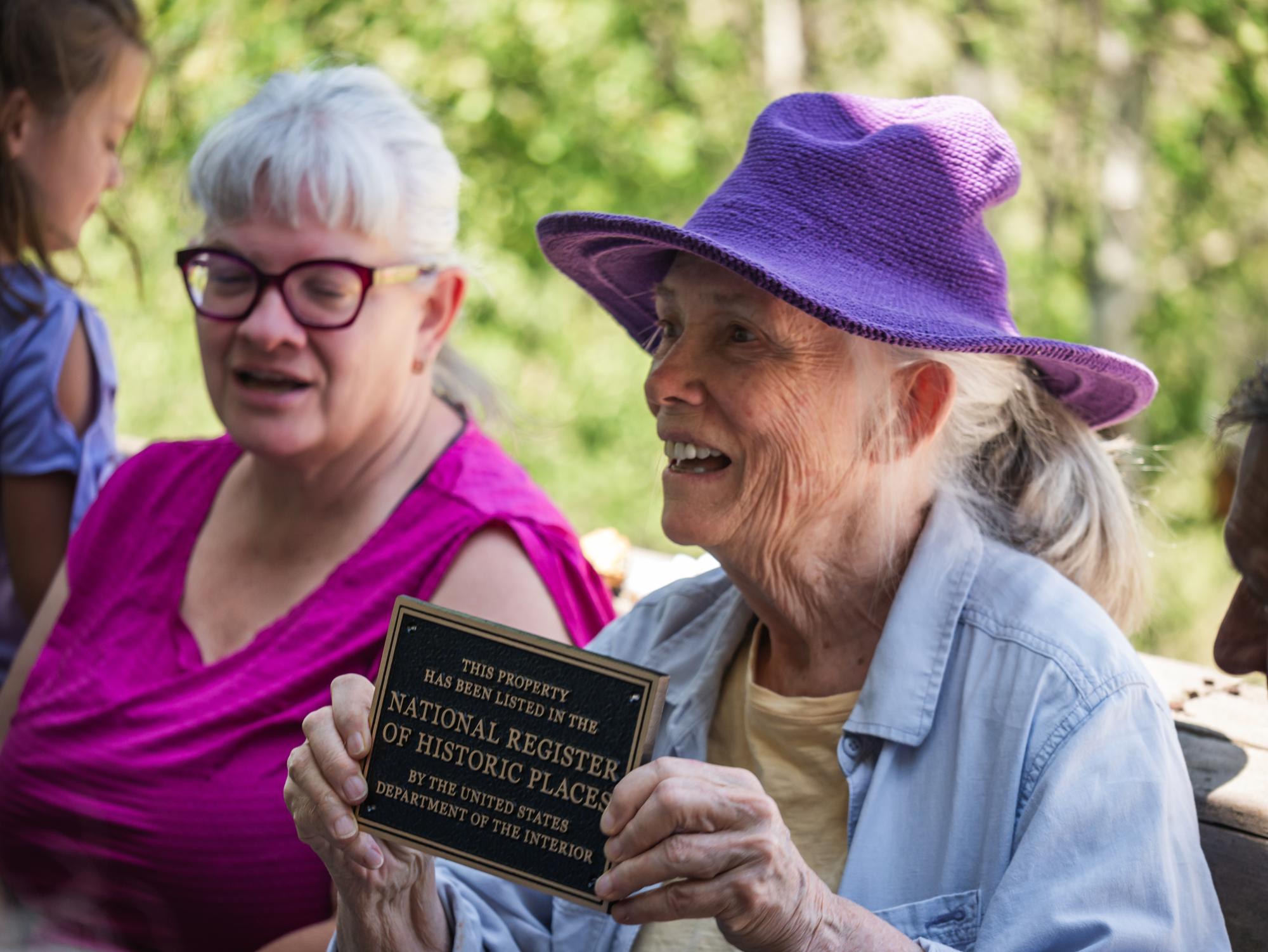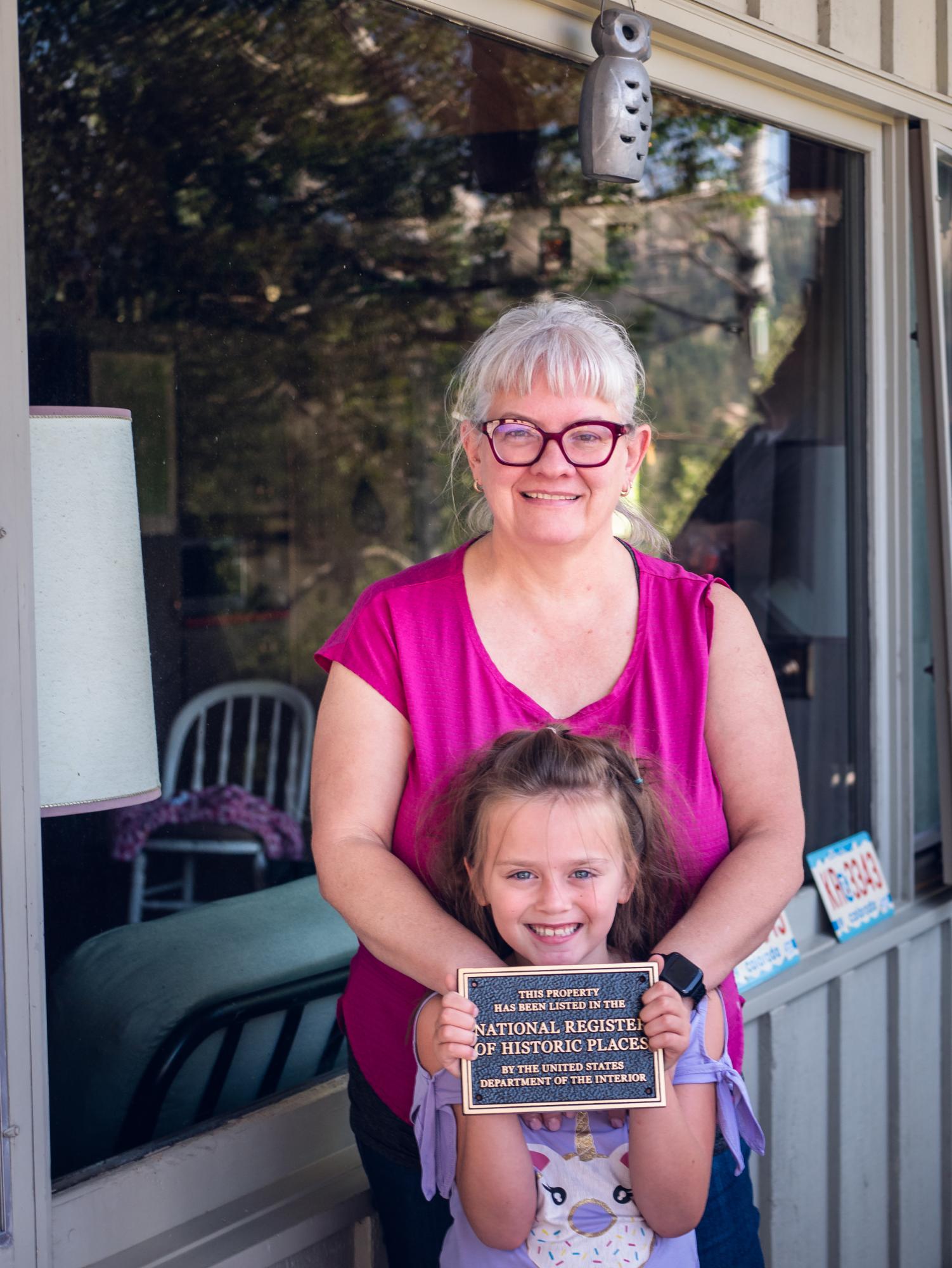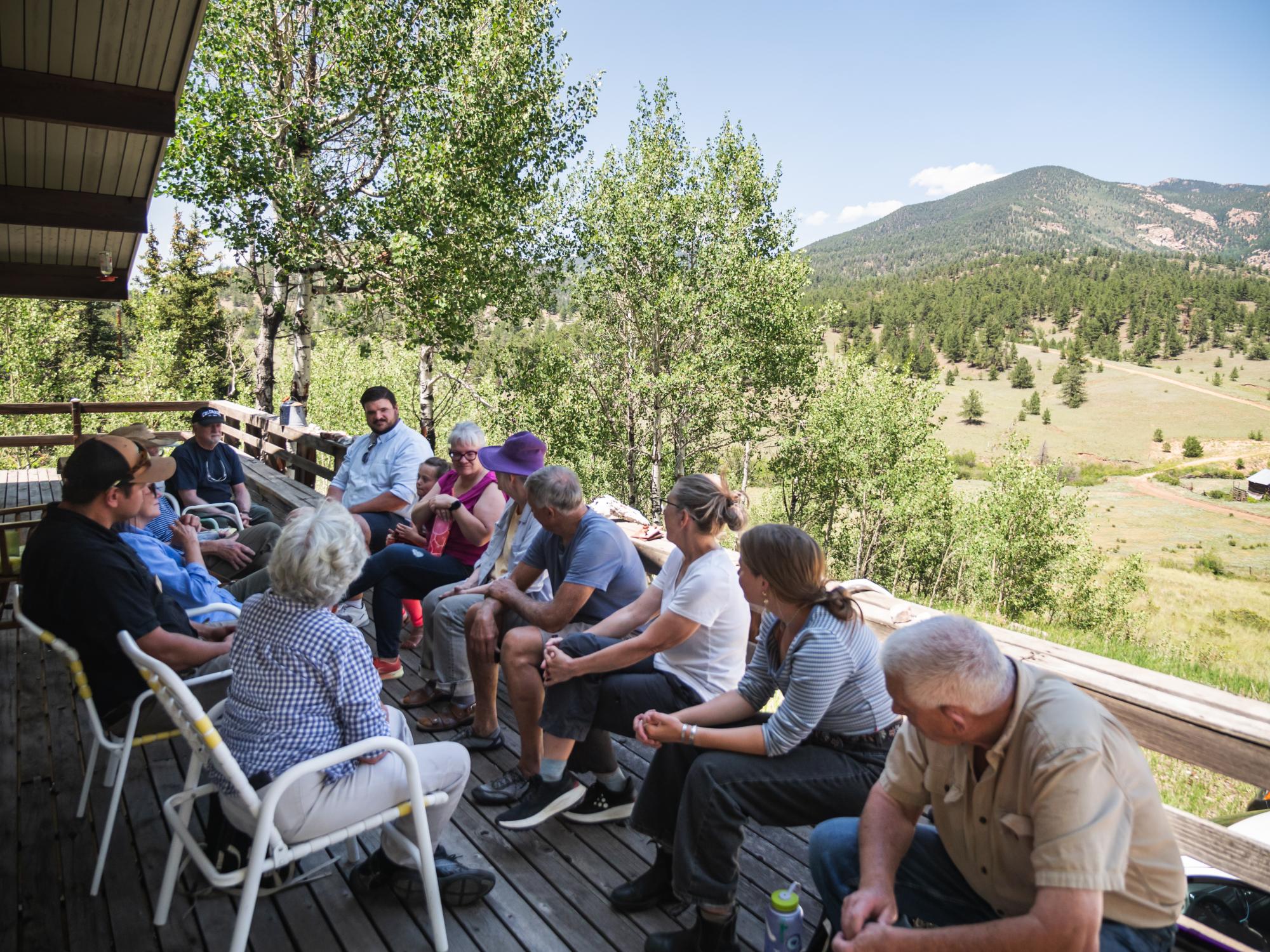As Colorado grows, protecting what makes our home special is vital.
Join us in conserving the land and water that unite us.
Nestled along the lower flanks of the granite-armored Tarryall Mountains, the 109-acre Sand Creek Ranch holds a rich history steeped in agriculture, recreation, and deep family connections to the land. The property, owned by the Sprague family, was recently added to the National Register of Historic Places, marking a significant milestone in its legacy.
In August 2024, the Sprague family, spanning three generations, gathered on their cabin deck to celebrate this prestigious designation. Surrounded by the breathtaking vistas of the ranch with a spectacular backdrop of the Lost Creek Wilderness, they shared heartfelt and amusing anecdotes about their ties to the ranch and the landscape. Friends, neighbors, and historians also joined in, adding their perspectives and stories, painting a vivid picture of the property's evolution from a cattle ranch to a beloved family retreat.

Sand Creek Ranch, conserved with Palmer Land Conservancy, is the first of 148 Palmer-protected properties to be listed on the National Register of Historic Places. This register, governed by the National Park Service, is a revered catalog of America's most historically significant sites, a testament to the nation's commitment to preserving its heritage. Being included in the National Register not only secures the ranch's place in history but also opens doors for potential grants to aid in preserving its rich heritage.





To support their application to the Department of the Interior, the Sprague family and local historians meticulously chronicled the property’s history, including the following excerpt from a 1971 issue of National Wildlife magazine article written by Marshall Sprague. The excerpt serves as a poignant reflection of the Sprague family's deep connection to their land:
"We have a bedtime ritual on March 21 [the first day of spring]. We step out on the pine deck and gaze at Orion, tall and beautiful in the dark sky above Bartlett Mountain. And then we glance at our big deck thermometer reading 14 below. There is something terrifying about the way that kind of cold grabs at people standing at 9,000 feet in their nightclothes. We flee inside and throw wood on the fire.
The next morning, the awful cold is gone—until noon, anyhow, when the snow may start flying again. The sun pops up hot over Tarryall Peak at 7 a.m. in the cheeriest of blue skies. The craggy red towers of our mountains are friendly again. My wife, Edna Jane, calls for me to look at something on the mirror outside our car. “He’s back,” she says, pointing at our first spring bluebird—a white-breasted male pecking in a rage at his mirror image.
…Spring keeps coming—a little—all through April. We know it is coming when the branches of the willows turn an urgent red or yellow along the frozen creek, and bits of open water appear again. The black bear from Bartlett Mountain shows up to gobble the pumpkin pie we left for him on the seat of our old spring wagon. And then, on a warm day, there is a burst of purple pasqueflowers and little white daisies beside our path."
The Sprague family would like to acknowledge the generational stewardship of the ranch and the surrounding landscape that preceded their arrival. For more than a millennia, the Ute people, specifically the Taveewach band, have called the South Park region home, and other tribes including the Arapaho, Comanche, Kiowa, and Cheyenne traveled, traded, and hunted throughout the region.
The family and Palmer Land Conservancy respect and honor the Indigenous communities that have called the lands home for generations.




In addition to honoring legacies, conservation easements and historic designations provide safeguarding measures and creative incentives for future generations.
Jane Sprague, Sand Creek Ranch